Tso Moriri : Azure Jewel of Ladakh
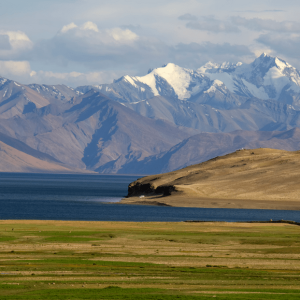
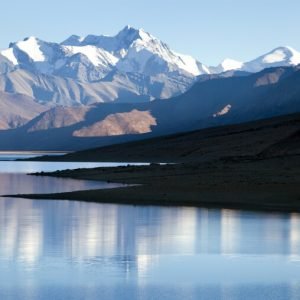
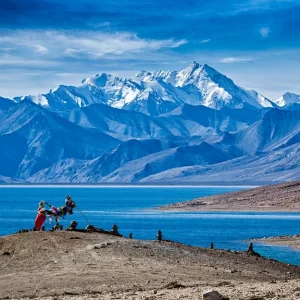
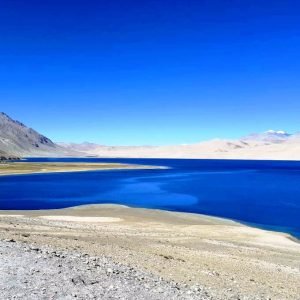

Table of Contents
Toggle1. Introduction
Tso Moriri, or Lake Moriri, is one of the most enchanting and lesser-known high-altitude lakes in the Ladakh region of India. Nestled amidst the towering peaks of the Himalayas, the Tso Moriri offers an idyllic, serene retreat for travelers seeking peace and natural beauty. With its crystal-clear blue waters, vast landscape, and unique flora and fauna, Tso Moriri Lake is a hidden gem that epitomizes the magic of adventure, nature, and photography.
2. Location and Geography
Tso Moriri is located in the Changthang region of Ladakh, India, in a northwest direction. The average elevation of the lake is approximately 4,522 meters above mean sea level, hence it is one of the highest-altitude lakes in the world. The lake is approximately 28 km in length, 8 km in width, and covers an area of about 120 km2. It is fed with snowmelt and streams from surrounding mountains.
Tso Moriri forms part of the Ladakh range, and its waters are brackish in nature. The lake is flanked by high, snow-capped peaks, which offer an amazing backdrop. The high altitude of this region with thin air and harsh weather conditions makes this a very unique environment to travel to.
It is located about 250 kilometers southeast of Leh, the regional capital of Ladakh, and pretty close to the India-China border. Because of its far-flung situation, Tso Moriri attracts fewer tourists compared to the more popular Pangong Tso, making it an ideal place for those who would like to enjoy a calm environment.
3. History and Cultural Significance
The lake is considered a culturally and spiritually important site for the local people inhabiting the Changthang region. Also, the lake is a holy one among the Buddhist population, mainly the nomadic tribe known as the Changpa, who regard Tso Moriri as a place of utmost veneration. The Korzok Monastery on the western shore of the lake is also one of the contributory factors to this cultural and religious ambiance. Built more than 400 years ago, it remains an important center for Buddhist teaching and rituals in the area.
The name itself is either more colloquial or derived into the local language; “Tso” means lake, while “Moriri” is believed to be the deity the Changpa people worship. The lake is generally thought of as being the abode of gods themselves, therefore a very holy place with a number of offerings and prayers to allow for absolution from disaster.
Traditionally, Changpa nomads have always lived in the area and herded yaks, goats, and sheep. The nomads of Changthang are also famous for their high-quality pashmina wool, which is used to make luxurious shawls and other garments. They live a life very close to nature and represent inhuman resilience in one of the harshest climates in the world.
4. Tso Moriri Biodiversity
Tso Moriri is in a biodiversity hotspot, and avian diversity is extremely high here. It enjoys Ramsar status as a wetland of international importance. The lake’s wetlands provide equally important habitats to many species of migratory birds; some of them even migrate from very far off to arrive here during breeding and nesting in the summer months.
a. Birds: One of the most rare and endangered species of birds in the world, the Black-necked crane is found at Tso Moriri. Other species include bar-headed geese, Brahminy ducks, ruddy shelduck, great crested grebes, and brown-headed gulls are some of the other species recorded here. The lake becomes host to several species of birds from various parts of the world that are seen by migrating bird watchers.
b. Mammals: Changthang plateau makes up a part of the environs with a wide range of species concerning wildlife, including Himalayan blue sheep, Tibetan gazelle, and Tibetan wolf. If you are lucky, you may be able to spot a snow leopard, but they are super evasive. Other animals, including marmots and pikas, can be seen running amidst the rugged terrain of Changthang.
c. Flora: The area around Tso Moriri forms a high-altitude cold desert system. Vegetation is not very dense yet sustains different types of grass and shrubs that grow well in the poor soil with scanty climatic conditions. The ecosystem of this lake is sensitive, and one is advised to visit it responsibly so that no damage is done through eco-friendly practices.
5. Best Time to Visit
It is ideal to visit Tso Moriri in May to September when the temperatures are relatively moderate, and the lake is not frozen. During this time, the highest temperature touches 15°C to 20°C, while nights can still get pretty cold, around freezing.
Heavy snowfall and freezing temperatures, touching down as low as -30°C or even below at times, render Tso Moriri inaccessible during the winter months. The lake completely freezes during this period, and only a few hardy Changpa nomads stay with their livestock in the area during winter.
6. How to Reach Tso Moriri
Tso Moriri is deep in the wilderness and requires traveling on rough terrain. There are two most feasible routes to the lake:
a. From Leh: The drive is about 7-8 hours to arrive at the destination of Tso Moriri. The routes provide expansive landscape views of the Indus River Valley and the Changthang plateau. The journey is arduous and long, and one is better off with a good vehicle, preferably a 4×4. Private taxi hires or group tours are another option.
b. From Pangong Tso: Many tourists combine a visit to Pangong Tso with one to Tso Moriri. You cross the beautiful and desolate Changthang over the route, which gives you an opportunity to experience both of Ladakh’s most beautiful lakes.
It would be a kindly note to make herein that Tso Moriri is located in a sensitive area, pretty close to the Indo-China border, and an Inner Line Permit needs to be taken from the authorities at Leh prior to setting off to this place. The permit will be much required for Indian and foreign visitors.
7. Accommodation and Facilities
Owing to its remoteness, very few options can be chosen to stay around Tso Moriri. The most famous place of residence is the village of Korzok, which lies on the western shore of the lake. Simple guesthouses, homestays, and tented camps cater to the traveler in Korzok, offering a simple but comfortable stay. Some camps offer luxury tented accommodations with all the basic amenities required to make one’s stay comfortable in the wilderness.
There are no luxury hotels or resorts around; thus, the facilities for travelers are minimal. Food, water, and other items should be carried along because there are only a few shops in the region.
8. Tso Moriri Visiting Tips
a. Acclimatization: Tso Moriri is situated at extremely high altitude. It is quite necessary that you get yourself acclimatize before reaching here. Keep aside a few days in Leh or any other place which is pretty lower in altitude to avoid altitude sickness.
b. Eco- Friendly travelling: Since the region comes under environmental sensitive zone, do remember you should be responsible tourist. Do not litter the place and avoid any kind of negative impact on the area.
c. Permit: Keep it ensured that you have the required documents such as Inner Line Permits before visiting.
d. Carry along warm clothing: It is extremely cold even during summer nights, and therefore it will be very necessary to carry along sufficient warm clothes.
e. Photography: The lake and surrounding environs offer excellent opportunities for photography, especially at the time of sunrise and sunset.
9. Conclusion
A place of virgin beauty and spiritual importance, Tso Moriri is located far from the hustle and bustle that one faces in the more touristy areas of Ladakh. Be it an adventure fan, Nature, or serenity and solitude, Tso Moriri will leave each one with lifetime memories. The blue waters, dramatic mountains, and rich wildlife express a definite call to be on the itinerary of every visitor coming to Ladakh.
How to book a trip to Tso Moriri Lake, India with Charzan Holidays?
For a seamless and exceptional booking experience, contact Charzan Holidays at reservations@charzan.in or call us at +919622224473
Frequently Asked Questions
1. What is Tso Moriri? | |
| Tso Moriri is a high-altitude lake located in the Ladakh region of India, known for its stunning turquoise waters and breathtaking landscapes. | |
2. How do I get to Tso Moriri? | |
| You can reach Tso Moriri by traveling from Leh to the town of Karzok, which is the nearest settlement. The journey involves a mix of road travel and a short trek. | |
3. What is the best time to visit Tso Moriri? | |
| The best time to visit is from May to September when the weather is mild, and the lake is accessible for tourists. | |
4. What are the main attractions near Tso Moriri? | |
| Nearby attractions include beautiful landscapes, unique wildlife, local nomadic cultures, and opportunities for trekking and photography. | |
5. Is it safe to travel to Tso Moriri? | |
| Yes, Tso Moriri is generally safe for tourists. However, it’s important to stay informed about local conditions and follow any travel advisories. | |
6. What activities can I do at Tso Moriri? | |
| Visitors can enjoy trekking, birdwatching, photography, and experiencing the serene environment around the lake. Camping is also popular. | |
7. Are there accommodations near Tso Moriri? | |
| Yes, there are basic accommodations in the nearby village of Karzok, including guesthouses and homestays. | |
8. What should I pack for a trip to Tso Moriri? | |
| Pack warm clothing, sturdy trekking shoes, personal toiletries, a first aid kit, and plenty of water, as conditions can change rapidly. | |
9. Is there mobile connectivity at Tso Moriri? | |
| Mobile connectivity can be limited in the area. It’s advisable to inform friends or family of your travel plans beforehand. | |
10. Can I find local food near Tso Moriri? | |
| Local food options are available in nearby villages, with traditional Ladakhi cuisine offered at guesthouses and homestays. | |
11. Are there any cultural festivals near Tso Moriri? | |
| While there are no specific festivals at Tso Moriri, nearby regions celebrate local Ladakhi festivals that showcase vibrant culture and traditions. | |
12. What is the local language spoken around Tso Moriri? | |
| The primary language spoken is Ladakhi, but many locals also understand Hindi and English, especially in tourist areas. | |
13. Do I need a permit to visit Tso Moriri? | |
| Yes, a special permit is required to visit Tso Moriri due to its proximity to the international border. Permits can be obtained in Leh. | |
14. Can I find guided tours to Tso Moriri? | |
| Yes, several travel agencies offer guided tours that include transportation, accommodations, and local experiences, making exploration easier. | |
15. What is the climate like around Tso Moriri? | |
| Tso Moriri experiences a cold desert climate, with warm days and cool nights in summer. Be prepared for sudden weather changes and significant temperature drops. |


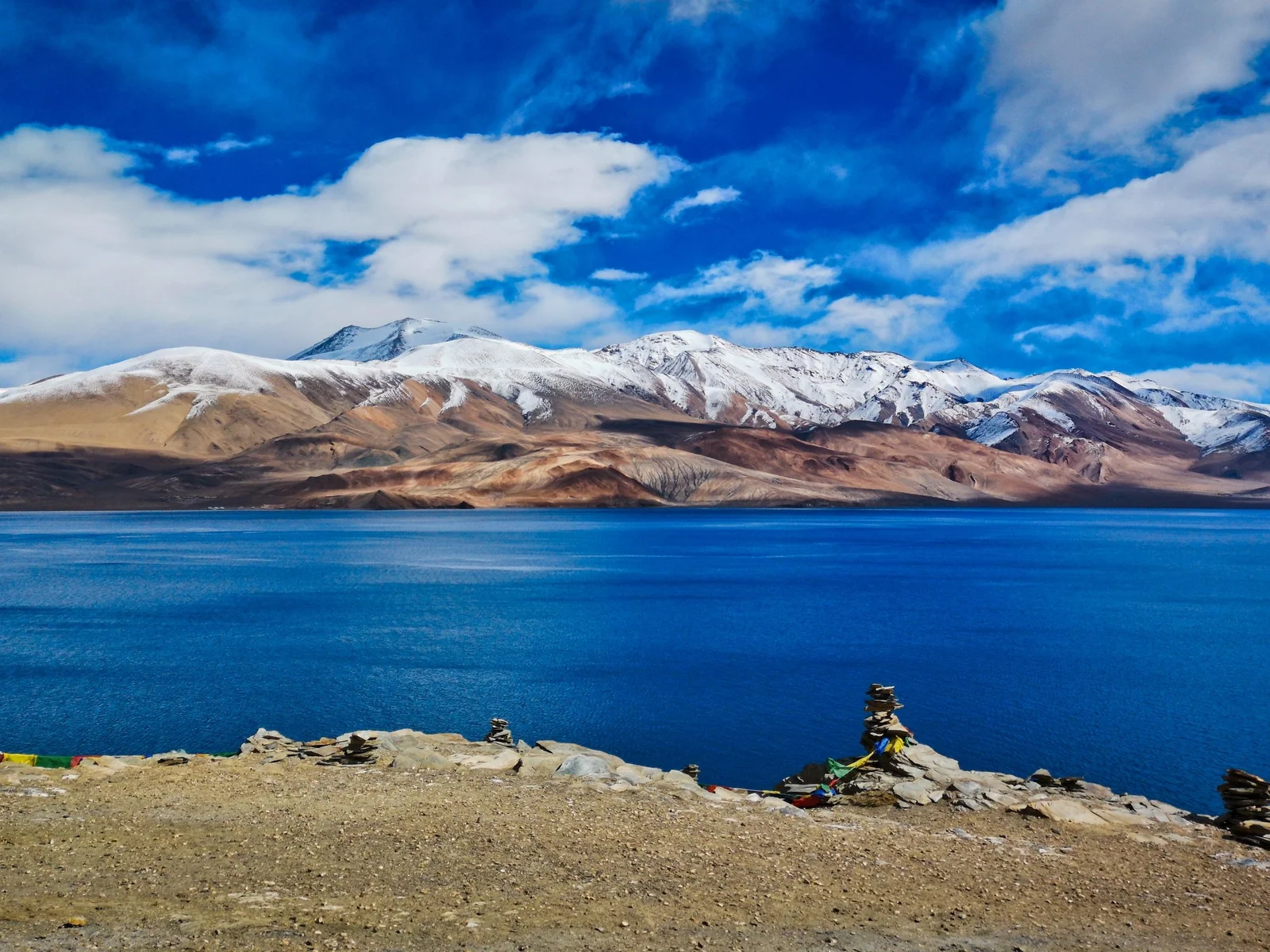
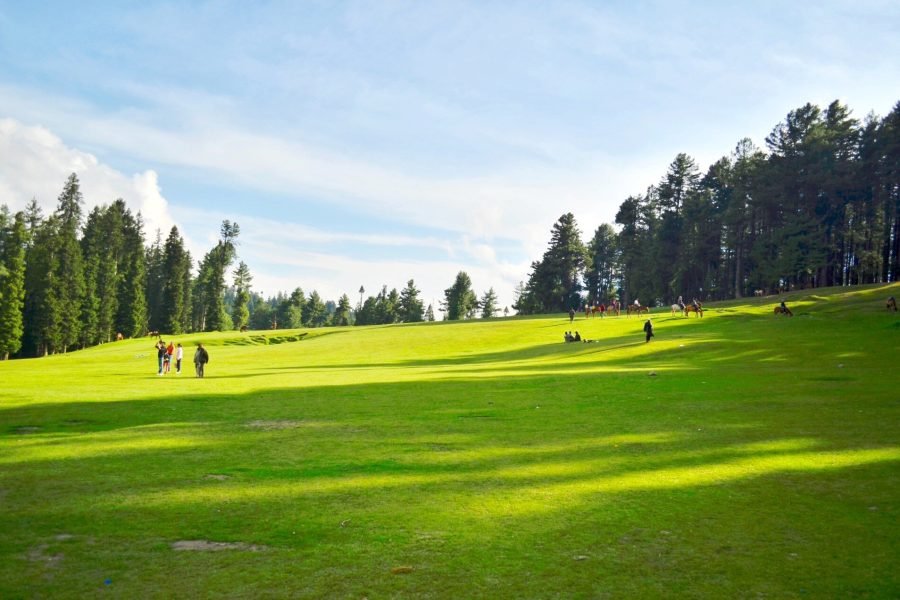
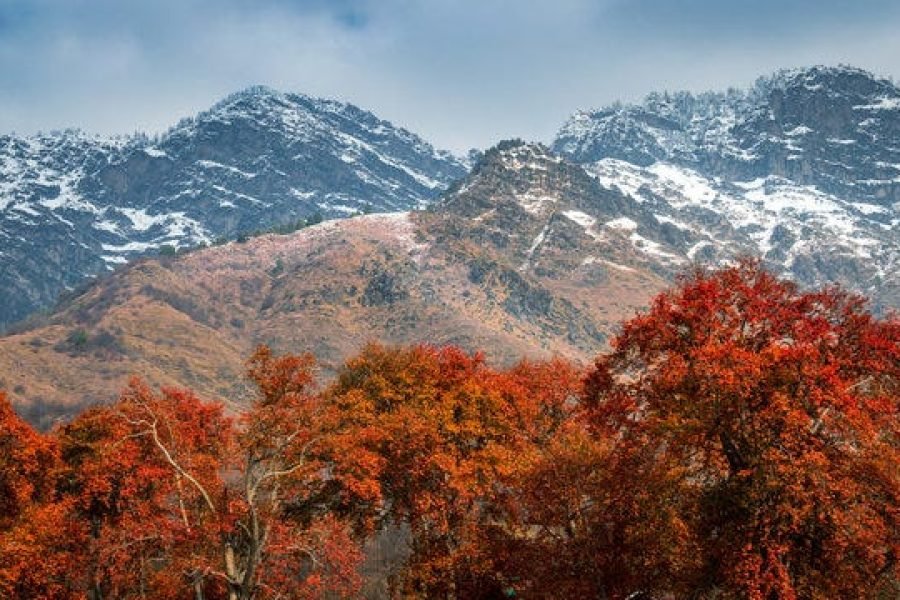
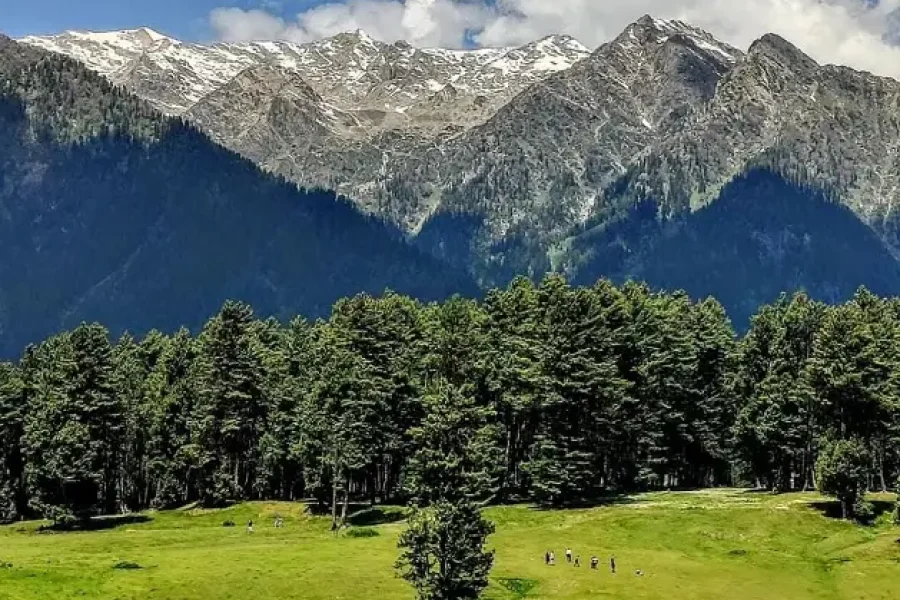
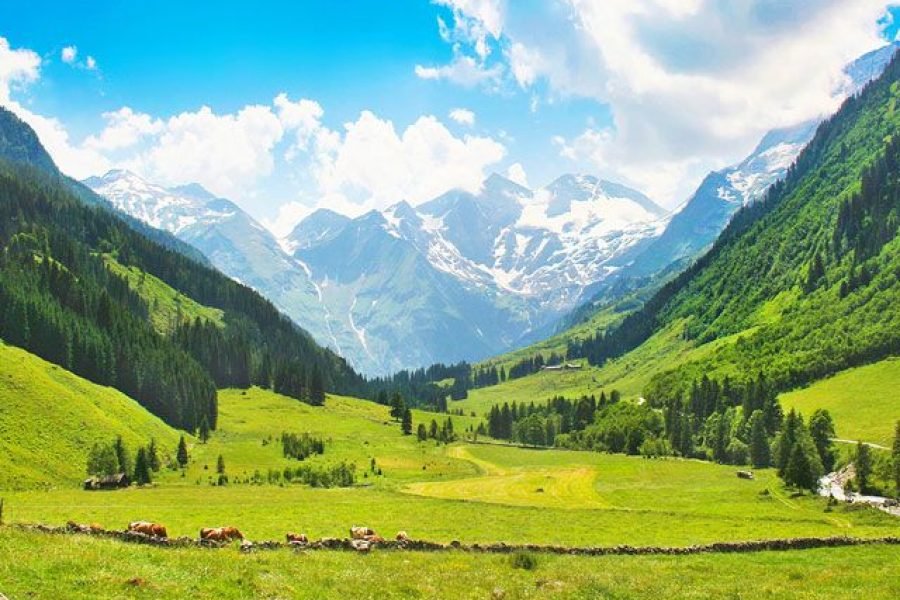
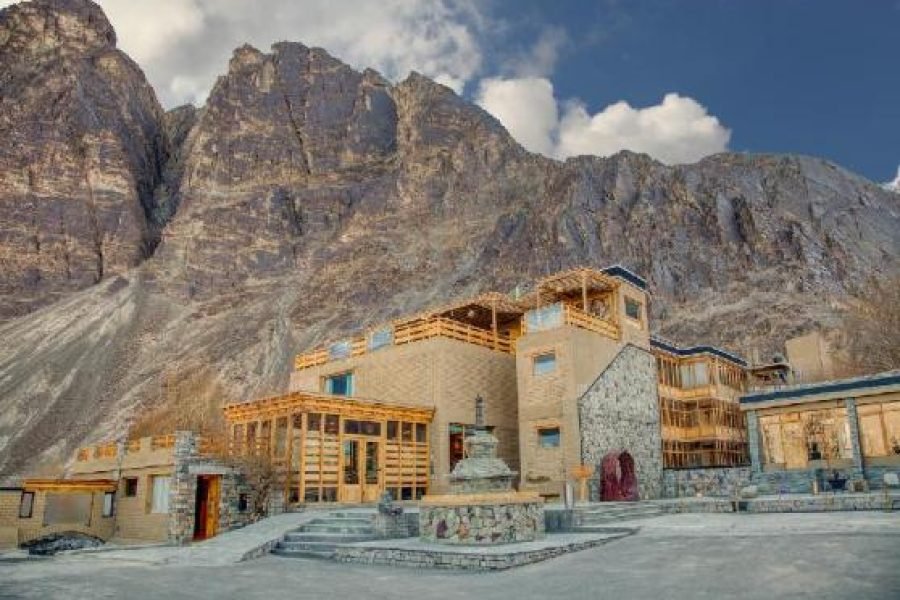

0 Comment